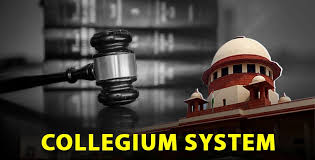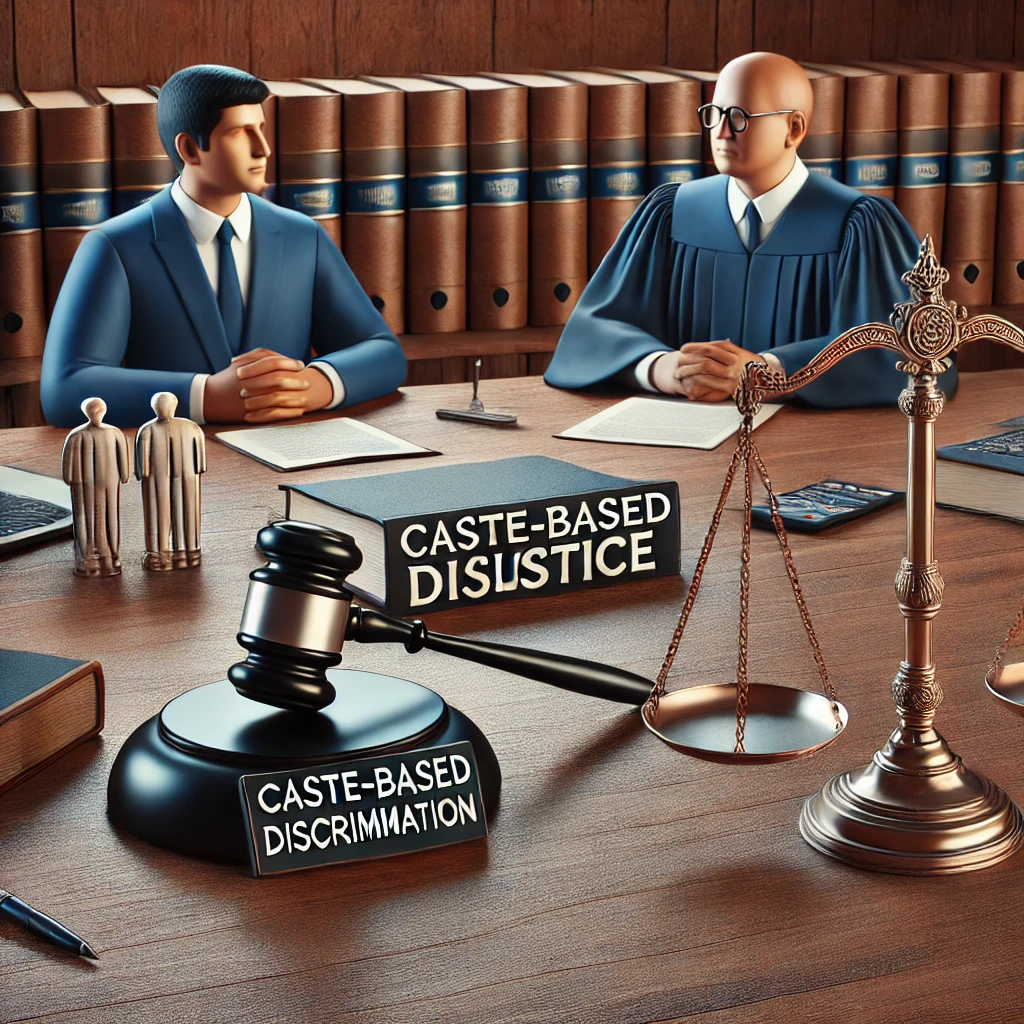Illinois Administrative Code Title 41 - FIRE PROTECTION
Illinois Administrative Code
Title 41 – Fire Protection
Overview:
Title 41 of the Illinois Administrative Code establishes the rules and regulations governing fire protection throughout the state. It covers fire prevention, inspection standards, fire safety requirements, training for fire service personnel, and the regulation of fire-related equipment and procedures.
The goal of Title 41 is to safeguard lives and property by ensuring effective fire safety measures and compliance with fire codes.
Key Areas Covered:
1. Fire Prevention and Safety Standards
The Title sets minimum standards for fire prevention practices in buildings, facilities, and public spaces.
It includes regulations about construction materials, fire alarm systems, sprinkler systems, and safe storage of flammable substances.
Requirements address evacuation plans, fire exits, and emergency lighting.
2. Inspections and Enforcement
Fire departments and state fire marshals are authorized to conduct inspections of buildings and facilities to verify compliance with fire safety codes.
Regular inspections help identify fire hazards, ensure operational fire suppression systems, and enforce corrective actions.
The code outlines procedures for issuing citations, orders to correct violations, and penalties for non-compliance.
3. Licensing and Certification
Title 41 establishes requirements for the licensing and certification of fire service personnel, including firefighters, fire instructors, and fire inspectors.
It specifies training standards, qualifications, and continuing education requirements necessary to maintain certifications.
The code also governs the certification process for fire protection contractors and companies.
4. Firefighter Training and Education
Standards are set for firefighter training programs, including basic firefighting techniques, safety procedures, hazardous materials handling, and emergency medical response.
Training curricula and courses must be approved by the Illinois Office of the State Fire Marshal.
The code encourages ongoing professional development to keep fire personnel current with best practices.
5. Fire Equipment and Materials
The code regulates the manufacture, installation, maintenance, and testing of fire protection equipment such as fire extinguishers, sprinkler systems, and alarms.
It specifies standards for fire hoses, protective clothing, breathing apparatus, and other firefighting gear.
Equipment must meet nationally recognized standards and be regularly inspected for reliability.
6. Fire Investigation and Reporting
Procedures for investigating the cause and origin of fires are defined.
The code requires timely reporting of fire incidents to the State Fire Marshal and local authorities.
Investigations help determine whether fires were accidental, natural, or due to arson, and may lead to legal action.
7. Emergency Response Coordination
Title 41 includes provisions for coordination among various emergency response agencies.
It sets guidelines for mutual aid agreements, communication protocols, and incident command systems to manage large or complex fire emergencies.
8. Public Education and Outreach
The code supports fire safety education programs for schools, businesses, and the general public.
It promotes awareness of fire hazards, prevention measures, and emergency preparedness.
Summary:
| Area | Description |
|---|---|
| Fire Prevention | Building codes, fire alarms, sprinklers, evacuation plans |
| Inspections | Regular inspections, enforcement, penalties for violations |
| Licensing & Certification | Standards for firefighters, instructors, inspectors, and contractors |
| Training & Education | Approved training programs, ongoing professional development |
| Fire Equipment | Standards for manufacturing, maintenance, and inspection of fire protection gear |
| Fire Investigation | Procedures for determining fire causes and reporting |
| Emergency Coordination | Guidelines for inter-agency cooperation during fire emergencies |
| Public Outreach | Fire safety education programs and awareness campaigns |


















0 comments